I’ve already credited Harry Fuller for offering incredible guidance on where to go and what to look for while I’m here in the Bay Area. However, helping me sort out the terns and gulls at Cliff House was far from the extent of his influence. During our correspondence, he dropped this nonchalant suggestion:
If you have a car, get out of town south of Pleasanton if you can. Get a map and find the area of Mines Road south of Livermore: Bullock’s Oriole, Yellow-billed Magpie, Ash-throated Flycatcher, and if you go uphill on that road you could find Phainopepla, Roadrunner, Black-headed Grosbeak, even Western Tanager in the dry woods.
Sounds innocent enough, but if you’re a birder, you probably just gasped aloud the way I did when I read it. Did he just say I could see Yellow-billed Magpie, an endemic exclusive to California’s Central Valley within 20 miles of my hotel? Did he just say I could see phainopeplas and roadrunners – birds of the American Southwestern deserts – within 20 minutes of my hotel? My original plan was to strike out in search of Acorn Woodpeckers and Oak Titmice, but this bombshell opened up a world of possibilities.
If you ever find yourself in the East Bay and are looking for some unforgettable birding, make it Mines Road. This unassuming highway wends south from Livermore in Alameda County through wineries, ranches, chaparral, and cottonwood down to the Santa Clara County line and beyond. The astonishing avifauna found along this route have been so well catalogued that trip reports map sightings by mile posts. Armed with a sheaf of such reports, I set out a little after dawn to see if the locale lived up to the hype.
First came easy birds like Western Scrub-Jay, California Towhee, Brewer’s Blackbird, and Northern Mockingbird. But at my first stop, Murietta’s Well Road, I found myself surrounded by Bullock’s Oriole, Oak Titmouse, and Cassin’s Kingbird, that last one easier to find than it’s more common Western kin. As I moved along, stopping at pull-outs along the way, I came upon Lesser Goldfinch, then the promised Phainopepla, then finally, the delightful Yellow-billed Magpie, which popped up frequently along the first few miles of Mines Road.
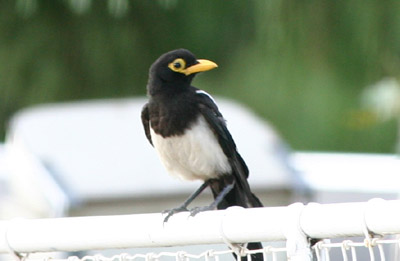
Yellow-billed Magpie
This pleasure cruise, long on time but short on distance, was revelatory, further proving that as different California is from New York culturally, it’s exponentially more distinct geologically and ecologically. Yes, we share the same Mourning Doves, American Kestrels, and Black-crowned Night-Herons, but you are not going to find chattering flocks of Bushtits gleaning the Bronx or California Quail cooing in the Catskills. I spotted Western in place of Eastern Bluebird, Lazuli rather than Indigo Bunting, Bewick’s instead of Carolina Wren, and Spotted subbing for Eastern Towhee, though that last one actually isn’t too much of a stretch. Ash-throated is the prevalent Myiarchus flycatcher, Black the dominant Sayornis phoebe. Even the ubiquitous Red-tailed Hawk assumes a different aspect out here, though Turkey Vultures seem irredeemably the same.
Some of the species along Mines Road are utterly unlike any found in the east. Two birds I managed to pish out in the high chaparral really made my day. Wrentit, that shy sneak with the soulful, pale eyes, is a lot better looking in person than pictures give it credit for. Black-headed Grosbeak also makes an unexpectedly powerful impression with those bold lemon-yellow underwing coverts. I also really enjoyed the abundant Acorn Woodpecker with their bold black, white, and red plumage and laughing ways.
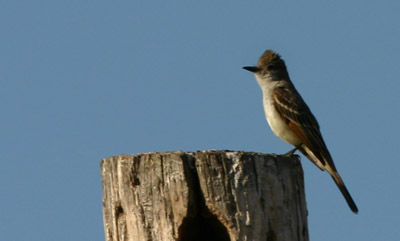
Ash-throated Flycatcher
My day list has some notable holes in it, especially since I gave up once the day grew too hot. I found no roadrunners, owls, nightjars, vireos, warblers, or tanagers. Of the many spectacular sparrow species in the area, I laid eyes only on Grasshopper and of the hummingbirds, only Anna’s. I got Nuttall’s Woodpecker and Northern Flicker, but no Lewis’, Bewick’s Wren but no Canyon or Rock. Not even a simple Steller’s Jay! I’m going to claim credit for all the finches and goldfinches, even though I’d benefit from better looks at Cassin’s Finch and Lawrence’s Goldfinch. My biggest bird surprise and possible reach, though, was Dusky Flycatcher in the same scrub as the wrentit and wren. While I missed the more likely Western Wood-pewee, Pacific-slope Flycatcher, and Olive-sided Flycatcher, I couldn’t turn a bird with that almond eye-ring in that particular habitat into any of those other species.
Lest you think I take too many liberties when unsupervised, note that I am declining Tricolored Blackbird, a local specialty, even though I saw a ton of Red-winged ones. Nor am I claiming Prairie Falcon even though I saw a raptor in the distance of the appropriate size and shape. Lots of sparrows and other ambiguous birds got away from me, at least this time. I’ll get them all eventually. My consolation was the amazing non-avian wildlife popped up, including Black-tailed Deer, Ground Squirrels, jackrabbits, lizards, and a devastatingly foxy Gray Fox.
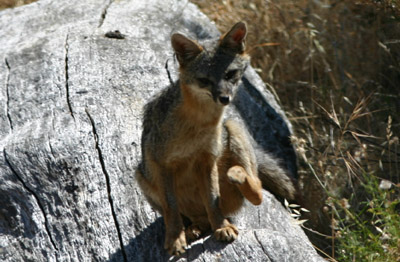
Gray Fox
Mines Road could not have been better, especially considering the time of year. Research this site well before you set out and don’t expect a typical bird walk. Virtually all the land to either side of this dangerously narrow road is enclosed private property. Your only recourse is to pull off when that is an option and enjoy what can be seen from the shoulder. Do not attempt to bird while driving as this road has only one lane in each direction at best; on some stretches, drivers have to make do with half a lane. Finally, disregard what you hear about the route being only infrequently used. I encountered plenty of cars, trucks, and masochistic bicyclists the entire time I was there. Mines Road may not be the safest or easiest setting for avian observation, but believe me, the rewards far exceed any possible inconvenience.






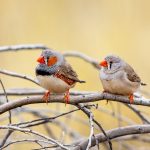
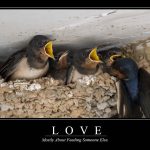

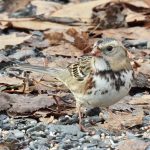
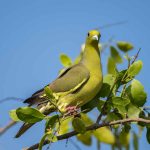
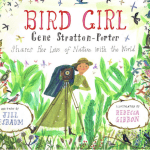
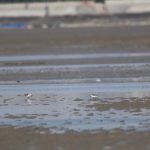
Mines Road is . Spent a couple days up there in 2005. Hope to get back sometime.
Are you very sure about Kingbird ID? I just went on an intensive, full day (9AM-6:30PM) trip, and saw many Westerns, but not a single Cassin’s. I’m not saying they’re not present, just in very small numbers. July is also a little late for Lewis’s Woodpecker, and they’re not expected past May. As for the Sparrows, unless you don’t know any of their songs, it seems unreasonably hard to miss White- and Rufus-crowned Sparrows and Lark and Chipping should be present then. Like the Kingbird, my group looked very hard for Grasshopper Sparrows, but could not locate any. Where exactly did you see those species?